Teenagers can be notoriously difficult to motivate. Yes, that’s true. Instead of playing the blame-game and figuring out who is to blame for their lack of engagement, we should try to observe the world from their perspective. We were once teenagers, and we need to use that experience to engage and motivate our teenage learners.
Quite a lot of research and academic articles point out that we need to appear engaged for our students to be engaged in learning. To put it – positive energy is contagious, and if you are excited about teaching with a certain method, the students will share your excitement as well.
Here are some methods and activities I use to motivate my teenage students:
Individualize
Individualize – Not only the instruction but also the assessment as well. It may seem like a lot of work, but it’s actually easier. You don’t need to plan every single lesson up to the last detail. The crucial thing is that you get to know your students before you try to individualize their tasks. A great thing I do for my students is creating student portfolios by the teacher, where I post assignments and lesson summaries. This is applicable if you have individual tutoring lessons, but if you have lessons with a class, you cannot individualize the approach with every single student all the time.
Put your email at the end of the post to receive an exclusive video lecture and tutorial on how to develop individual, interactive student portfolios using various digital tools! I will present portfolios on Edmodo, Google Drive, Website and Padlet.
Student portfolios made by students
2. Student portfolios made by students are something I plan on starting in 2020. These portfolios can easily improve learner autonomy and make students more accountable for their work. The student portfolios will actually be their blogs. I will help them set it up while they design it. I want to try to make a habit of writing a summary of every lesson we have, hoping they like having a blog and writing content unrelated to learning English.
Group work and projects
3. Use lots of group work and projects – group works makes everyone collaborate, and even just observing is a form of collaboration. Also, completing projects is meaningful because we know that there is an ending, and we would all love to see the end of grammar.
Effective EdTech
4. Effective EdTech – Edtech is important in the modern classroom, but we need to make sure that we incorporate it seamlessly into our curriculum. Using apps in a bad way may cause more harm than good. My favorite apps this year are Edmodo (Facebook for learning), Padlet (Interactive board), Mentimeter (Surveys and brainstorming tools), Quizlet (Individual flashcard vocabularies), and Canva (designing tool). More than that would be too much, so try to limit the number of apps in your classroom – you do not want to overwhelm yourself and your students as well.
Mentimeter is really fun because students can go and type their answers just by using a code. I use it for brainstorming, and the screenshot is from a PD workshop I facilitated a few days ago. As the students input their words, we can see a word cloud growing!
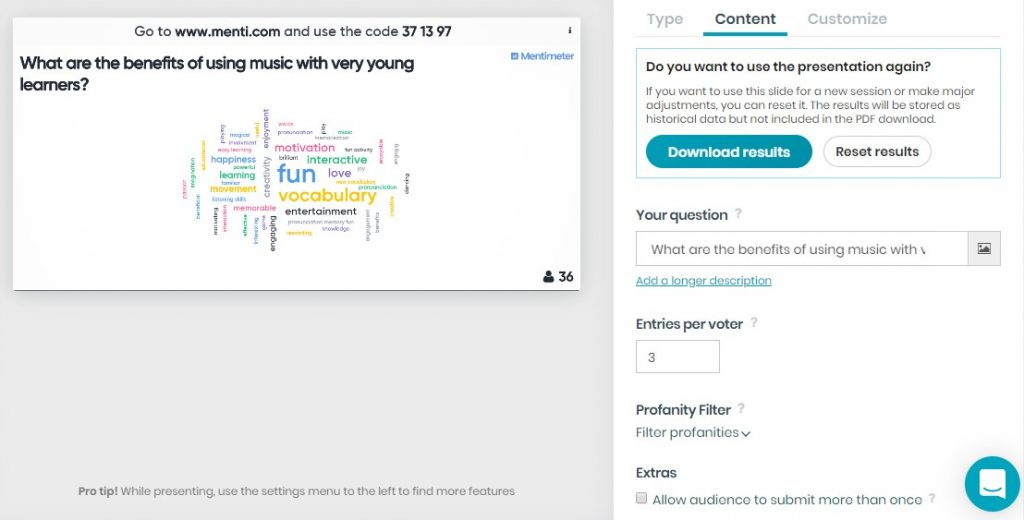
Quizlet – Click here for an example vocabulary. All of my students create their personal flashcard vocabularies, and then we share them, and everyone can reuse the links. Here are some games we can play on Quizlet to recycle vocabulary.
Canva – design tool. Click here to see examples of my free lesson materials for young learners designed in Canva. I also design all the blog post covers there.

Social media for learning
5. Social media for learning – Edmodo – everyone uses social media, especially teenagers. So why don’t we try to use that to our advantage and have them use their phones and computers to learn? For example, I have a special classroom for my students on Edmodo, where I post tasks for all 4 language skills and different kinds of activities. This helps me motivate teenage learners without much effort.
Gamification
6. Gamify as much as you can – Think about the crucial content in your curriculum and make a list. Teachers tend to cover essentials very traditionally, so make them meaningful if you cannot skip certain lessons. Think of a different way to gamify each essential lesson in your curriculum – from making vlogs as homework to interviewing people using the given grammar structure.
Headlining plain activities as click-bait Youtube videos
7. Headlining plain activities as click-bait Youtube videos – We are all victims of click-baits on Youtube, but that does not necessarily need to be a bad thing. For example, why should we work on word families to broaden our vocabulary? Why should we bother with a scary thing such as morphology when we can play a vocabulary volcano? If this activity tickled your mind, click here to find out what it is and how to use it in your classroom. This is a great tool to motivate teenage learners with easy activities!

Contextual language teaching
8. Teach contextually – refrain from using the textbook daily and try to find similar topics online. Start with the content you found, and then take it to the textbook. For example, here is an article on teaching grammar contextually, which shares plenty of activity ideas for all four language skills.
Be spontaneous!
9. Be spontaneous – If you see that your students are tired, in a bad mood, or simply not ready to participate actively, use this opportunity to review old content. Start a discussion – have them tell you what happened, but set a task (they should use past simple, conditionals, etc.) Start a debate, let them select a video or an article you can use. Even podcasts and songs can be used to brighten up the atmosphere and still learn a few things.
Apply Connections-based learning
10. Connections-based learning is something we should all use since we are lucky to live in the digital age, where making connections is really easy. Learning by connecting with other classrooms or other students online is an amazing opportunity to use English, especially since the students on both sides come from different countries. The following examples are done with adults and young learners, but they can certainly be used with teenagers.
I recently had a group lesson with my adult online students. I’ve been teaching them for about 2 years, and they finally got to know each other. They loved it, and they keep asking for more group lessons! I had group lessons to motivate teenage learners, and it went even better with adults – they love activities with technology!
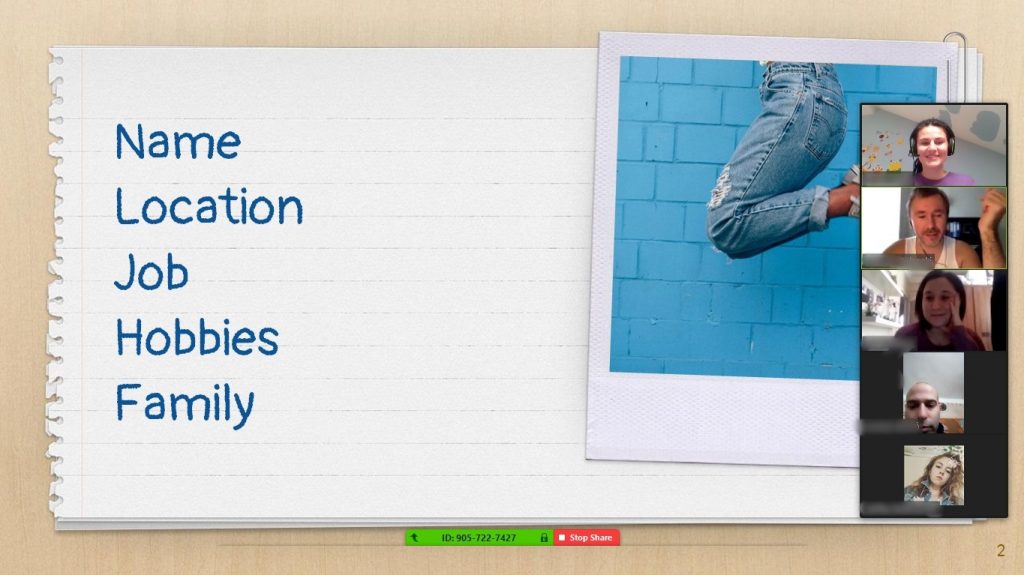
The second activity happened in 2019 when my 3rd graders connected with children from Egypt and discussed environmental issues in both Serbia and Egypt. If you are interested in learning more about interculturalism and connections-based learning, look at this article with examples of activities I’ve done with my students. Finally, if you want to become pen pals or connect your classrooms, you can post in teacher groups on Facebook or join Microsoft for Education to connect your classroom through Skype in the Classroom page.

Bonus: Sending the students a scanned page from a book in pdf
This is an excellent idea because chapter books are expensive, there are never enough copies for the whole class, and you can easily focus on one page only. In this case, you can use a pdf app such as Smallpdf.
- Circle synonyms/antonyms/words they like on the page, save the document and swap the phones (done in pairs).
- Read and discuss why you circled that in pairs, and make sentences.
- Write down words you find interesting in your notebook.
- Use the words you learned in conversation in the next few weeks until they become a regular part of your vocabulary.
Motivating my teenage students to learn English also makes my job easier since I can use technology to do many things I wouldn’t do traditionally. Also, it shortens the time I spend preparing the lessons since I try to build up their autonomy by letting them choose. Having a choice is sometimes the only motivation teenagers need.
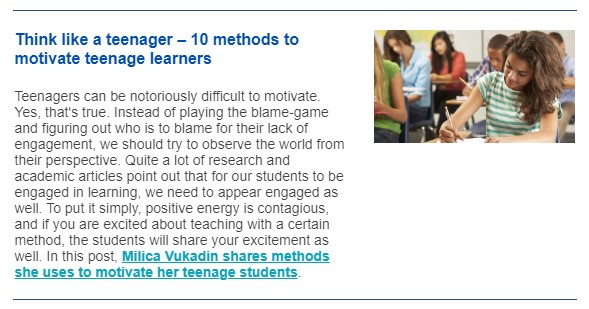
References for further study on how to motivate teenage learners with various methods and activities:
- Deci, E. L., & Ryan, R. M. (1985). Intrinsic motivation and self-determination in human behavior. New York: Plenum.
- P. D. MacIntyre, & A. Henry (Eds.), Motivational dynamics in language learning (pp. 95e105). Bristol, UK: Multilingual Matters.
- Dörnyei, Z., & Kubanyiova, M. (2014). Motivating learners, motivating teachers: Building vision in the language classroom. Cambridge: Cambridge University Press.
- Dörnyei, Z ., & Ushioda, E. (2011). Teaching and researching motivation (2nd ed.). Harlow: Longman.
- Fukada, Y., Fukuda, T., Falout, J., & Murphey, T. (2011). Increasing motivation with possible selves. In A. Stewart (Ed.), JALT2010 conference proceedings (pp. 337e349). Tokyo: JALT.
How do you motivate teenage learners, and what kind of activities do you like using? Do you have some success stories to tell? Write in the comments or via the contact page. I would love to hear your opinion!
*This blog post contains affiliate links, so I can earn a small commission to support my blog, at no cost to you. All of the links on the website are personally chosen by me and all of the opinions are mine and only mine.

Click here to explore my store where 99% of materials are forever free!
All the materials except lesson plans and 30+ page interactive activity books will be free FOREVER! Why? Because sharing is caring, and 2020 hasn’t been kind to all of us. Please consider donating so I can keep making FREE materials for everyone and keep my website open for all of you.
Don’t forget to leave a review when you download materials! It’s just a minute of your time, and it means a lot to me.
P.S. The store and the freebie library are not the same thing
The freebie library has some extra materials like conference presentations and webinar recordings which are not available in the store ✨ You can find many activities to motivate teenage learners there!
The subscription link for the store is below my bio in every post. ?
P.P.S. This post was proofread by Grammarly because even English teachers can have a break and enjoy having an app do their proofreading!


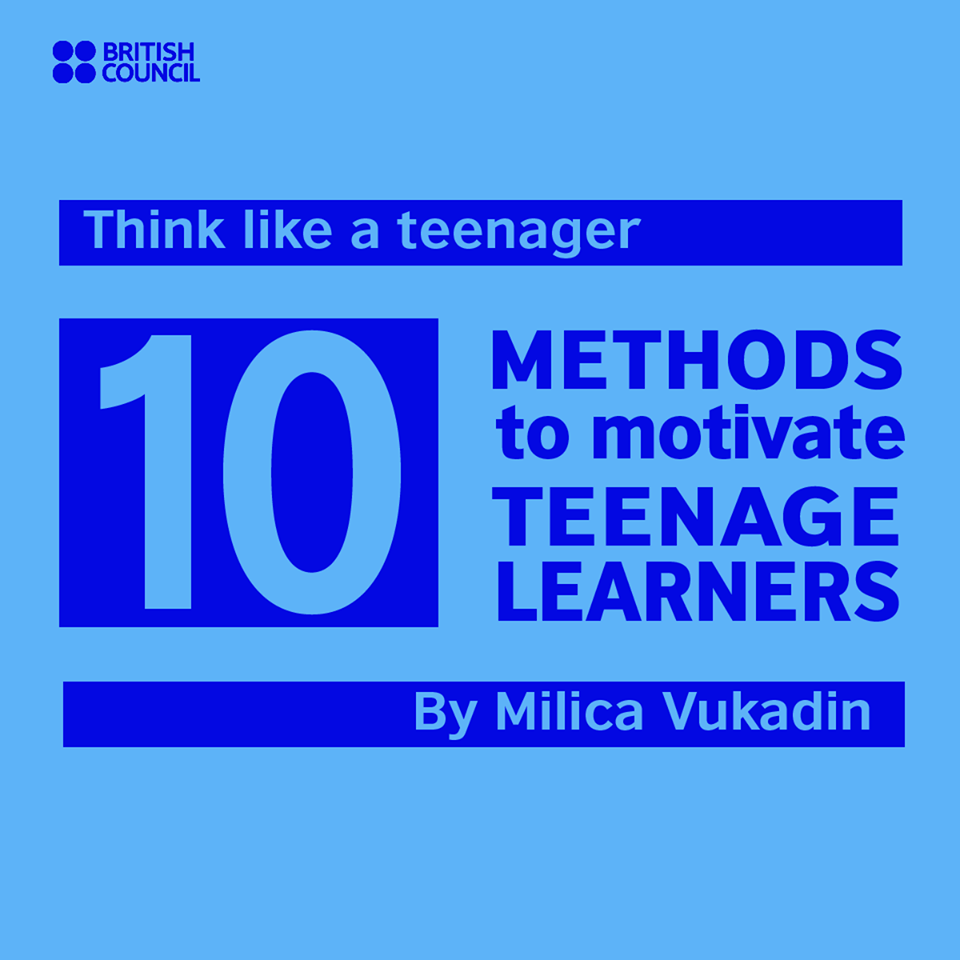

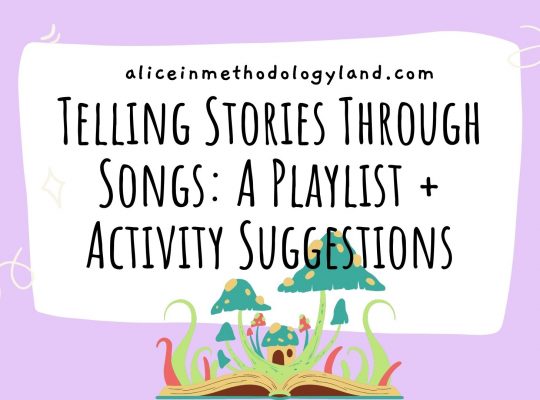


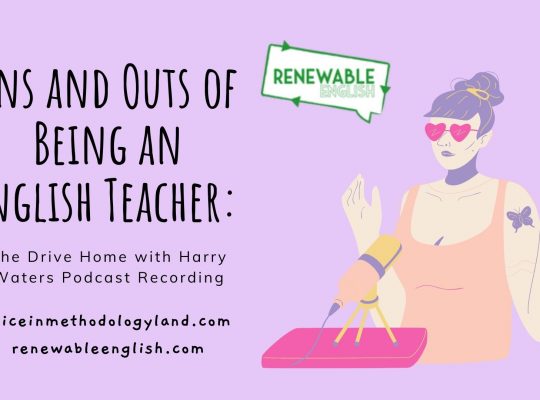

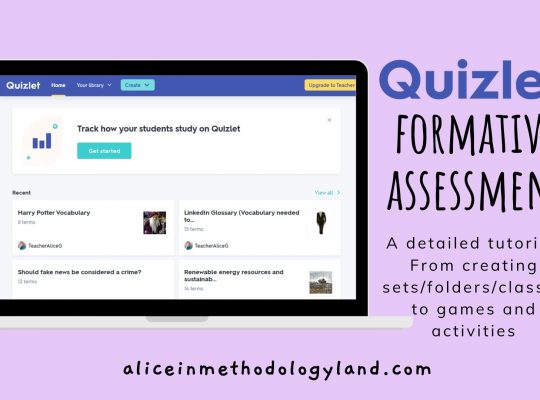
[…] love to hear your opinion! P.S. If you are a teacher and you teach teenagers and young adolescents, read this article about engaging teenage […]
[…] classroom. I like Quizlet, and I’ve been using it for a long time in my online classroom. Read here how I use it with my online students and how we create a joint vocabulary […]